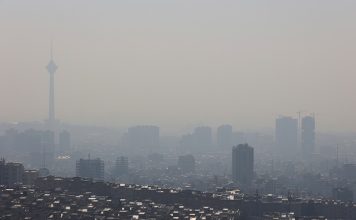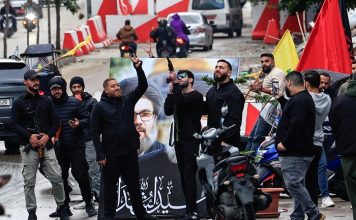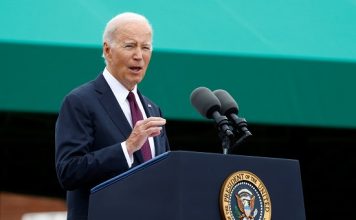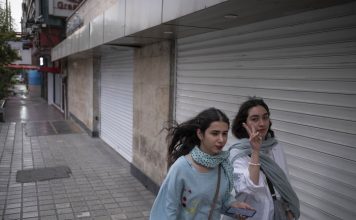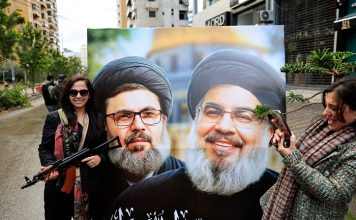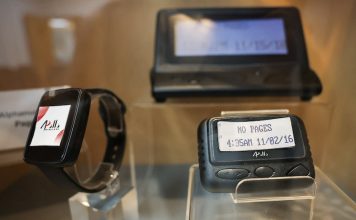VIENNA, Nov 18 (Reuters) – The U.N. nuclear watchdog and the United States pressured Iran on Wednesday to finally explain the origin of uranium particles found almost two years ago at an old but undeclared site that Israel has called a “secret atomic warehouse”.
Israeli Prime Minister Benjamin Netanyahu drew attention to the Turqazabad site in Tehran in a speech to the United Nations in September 2018, urging the International Atomic Energy Agency to visit it. Iran called it a carpet-cleaning facility.
IAEA inspectors went there in February 2019 and took environmental samples that showed traces of processed uranium. The Vienna-based U.N. watchdog has been seeking answers on where those traces came from ever since; it says only part of Iran‘s explanations have held water.
“We believe they need to give us information which is credible. What they are telling us from a technical point of view doesn’t add up, so they need to clarify this,” IAEA Director General Rafael Grossi told a news conference during a quarterly meeting of his agency’s 35-nation Board of Governors.
[aesop_image img=”https://kayhanlife.com/wp-content/uploads/2020/09/2020-09-21T102737Z_245911477_RC2Y2J9ZDSXY_RTRMADP_3_IRAN-NUCLEAR-IAEA-scaled.jpg” panorama=”off” credit=”International Atomic Energy Agency (IAEA) Director General Rafael Grossi delivers his speech at the opening of the IAEA General Conference at their headquarters in Vienna, Austria September 21, 2020. REUTERS/Leonhard Foeger” align=”center” lightbox=”off” captionsrc=”custom” captionposition=”left” revealfx=”off” overlay_revealfx=”off”]
The IAEA and U.S. intelligence services have long believed Iran had a coordinated, clandestine nuclear weapons programme that it halted in 2003. Iran‘s 2015 nuclear deal with major powers effectively drew a line under much of its past.
Irrespective of the deal, however, the IAEA is in charge of accounting for all nuclear material in countries that have ratified the global Non-Proliferation Treaty to ensure none is being diverted to make nuclear weapons, even if evidence of previously unknown material is many years old.
Israel has said it seized part of an Iranian “archive” of its past nuclear work, and has used that to call attention to Iranian activities long predating the 2015 deal.
Iran has objected to use of that archive material, denouncing “attempts to open an endless process of verifying and cleaning-up of ever-continuing fabricated allegations”. It says it has never sought to weaponise nuclear energy.
An IAEA report last week said further analysis of the Turqazabad samples found “isotopically altered particles of low enriched uranium”. Similar particles were found in Iran in the past, linked to secretly imported centrifuge components originally from Pakistan, it added.
“Whatever nuclear material left such traces was very likely enriched or irradiated,” the United States said in its statement to the board. “This raises a whole new series of questions about where such material came from and what Iran may still be hiding. It should be of the utmost concern to all Board members.”
(Reporting by Francois Murphy Editing by Mark Heinrich)

